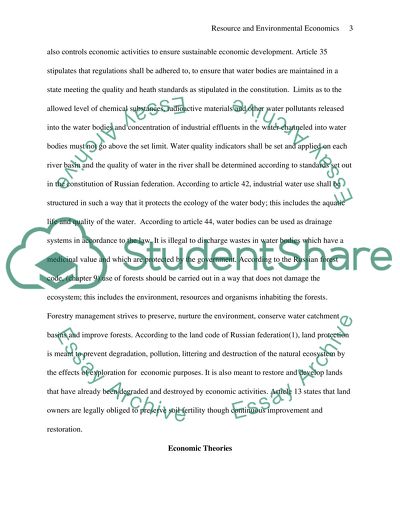Cite this document
(“Resource and Environmental Economics: Russia Term Paper”, n.d.)
Retrieved from https://studentshare.org/macro-microeconomics/1396265-resource-and-environmental-economics-russia
Retrieved from https://studentshare.org/macro-microeconomics/1396265-resource-and-environmental-economics-russia
(Resource and Environmental Economics: Russia Term Paper)
https://studentshare.org/macro-microeconomics/1396265-resource-and-environmental-economics-russia.
https://studentshare.org/macro-microeconomics/1396265-resource-and-environmental-economics-russia.
“Resource and Environmental Economics: Russia Term Paper”, n.d. https://studentshare.org/macro-microeconomics/1396265-resource-and-environmental-economics-russia.


